Knighthood of medieval Hungary
Matthew 26: 51
Knights and chivalry of three centuries.
How interesting it sometimes manages story! The Hungarians were one of those nations that came from Asia along the Steppe corridor to Europe and for many years terrified its inhabitants with their campaigns, on a par with the Arabs and the Vikings. They invaded France and Germany, made trips to Italy and even to Spain. However, having lost the battle on the Lech River in 955, they stopped their raids to the west and set about arranging their state. Former nomads and light-eyed archers, they quickly adopted the European military traditions and chivalrous culture and, over time, were practically in no way inferior to the armies of Western Europe. Well, we’ll tell you what their own troops were in 1050 — 1350.
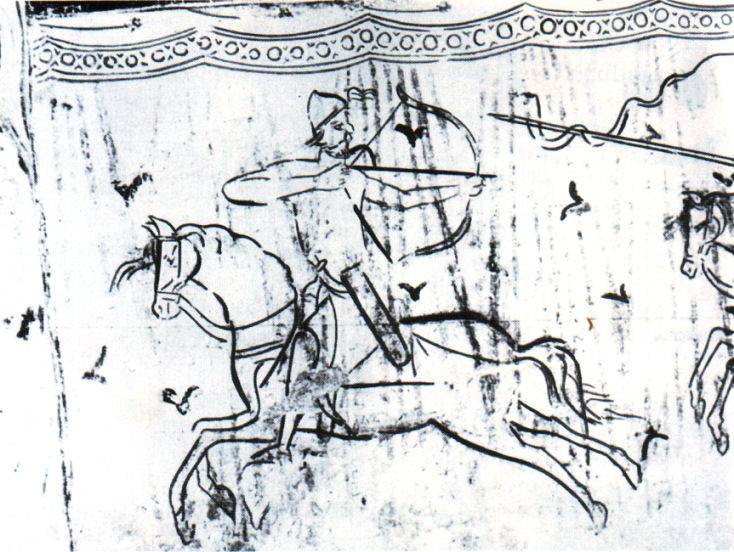
State of many provinces
Note that the medieval Hungarian state was very large and included many provinces inhabited by non-Madiyar peoples, although after the conquest there was a significant Hungarian population living in them. But there were also such areas where it remained in the minority. That is, it was not a monocultural and mono-speaking population at that time. In many cities also lived a lot of Germans. The most significant were non-Madjar regions such as Transylvania (whose population was a mixed Hungarian, Romanian and German population) and Slovakia, Croatia, Bosnia, Temeshvar (northern Serbia) and northern Dalmatia, and the people who lived there were mostly Slavs. In the east, Wallachia and Moldavia were also under Hungarian suzerainty for some time, although not for a very short time.
Initially, the Hungarians, or Magyars, were a nomadic people of Finno-Ugric origin, who came to Europe from Siberia, although they included a large contingent of representatives of Turkic nationality. When a significant part of their former military aristocracy perished on the battlefield of Lech, the psychology of the rest changed dramatically, and they gradually became integrated into Christian European civilization.
Hungary officially became Christian quite late, namely in the 1001 year, with the baptism of its first king, Stephen. Along with religion, Western European feudal institutions were also introduced, and its elite adopted Western culture, including military traditions. The world now reigned along the western border, but the new Christian Hungarian kingdom immediately began to fight with its northern, southern and eastern neighbors, trying to push the limits of its lands.
From the mid-10th century, Hungary’s western border included Slovakia, but not Moravia. Then she ran a little west of the current Hungarian-Austrian border, where she remained throughout the period under consideration. By the middle of the thirteenth century, Croatia and Dalmatia entered the Hungarian kingdom through marriage alliances. Bosnia was conquered from the Serbs, and western Wallachia was under Hungarian suzerainty. Then Hungary had to experience the full horror of the Mongol invasion in 1241, but the country, nevertheless, was never included in the Mongolian empire. In fact, Hungary recovered rather quickly, and during the XIV century turned into a powerful centralized state, oriented towards the West in everything. Bosnia was conquered again in the 1328 year, and Wallachia and Moldova remained under Hungarian suzerainty until the 1360s.
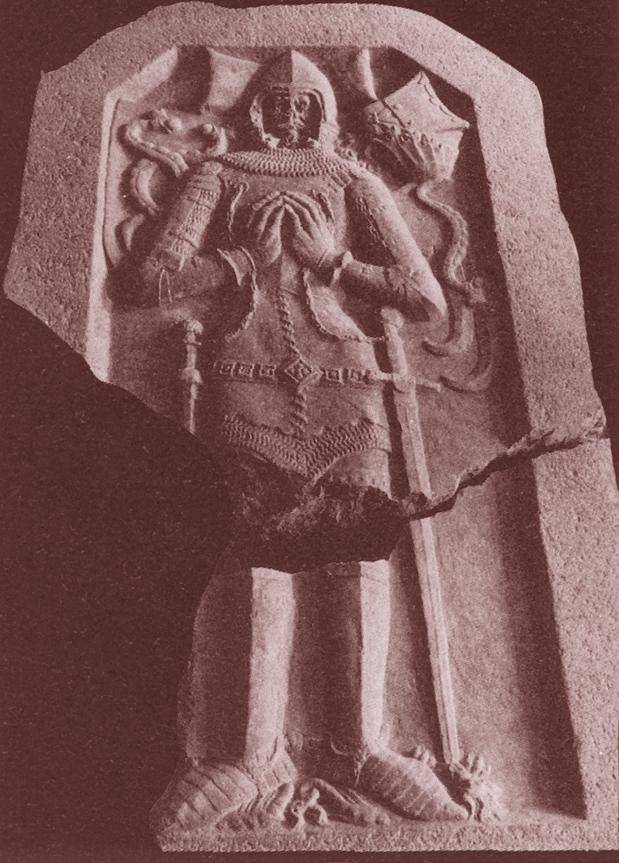
Nomads in the center of Europe
As for the military affairs of the Magyars, the traditional military culture of this people is the culture of nomads. That's just no longer being such, they completely forgot her. Now, becoming Christians and focusing on the West who won them, they began to rely on a small number of knightly cavalry, which, as a tribute to the ancient tradition, was supported by horse archers. Archers had lighter armor, riders with spears and swords - heavier. The Hungarians of the Hungarians were also closer to the Sassanian, Caucasian, Byzantine or early Arabic type than to the Turkish. There is also evidence that the tactics of the Magyar cavalry archery were closer to the tactics of the Middle East than Central Asia. How this could happen is not quite clear. After all, they came just from Asia, and not from the Middle East. There can be only one explanation. The habitat of the Magyar tribes did not coincide with the range of the Proto-Turks, and they did not touch each other in the vast expanses of Asia. But the Caucasus and Iran had contacts with them during their resettlement to the West, and during these contacts the Magyars became acquainted with the military affairs of ancient Iran and adopted something from it. Interestingly, the early Magyars used rather complex siege weapons. That is, it is obvious that Hungary had trade contacts with the Islamic world in the 10th and 11th centuries, and they did not pass for it for nothing.
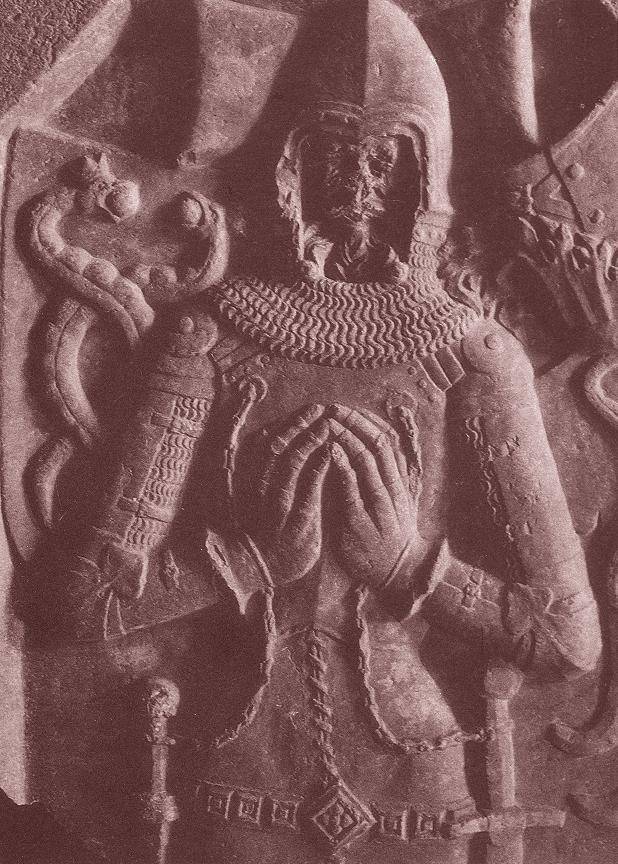
The first phase of “Westernization” in the 10th and 11th centuries probably affected only the royal family, mercenary troops and the main barons. Some sections of the Magyar society, especially those who lived on the Great Plain, that is, in Pannonia, retained their customs until the XII century. Their main occupation according to tradition was horse breeding. However, the majority of the population, especially in areas with a population of the Slavs, always engaged in agriculture. Many Magyars also settled in these places and quickly adopted from the Slavs the words relating to horse breeding, which had Finno-Ugric roots, but to agriculture - Slavic! In turn, this led to the intensification of the feudalization of the country and the army. The light cavalry did not disappear, but its value diminished greatly, while weapon and the armor became largely, though not completely, Western European.
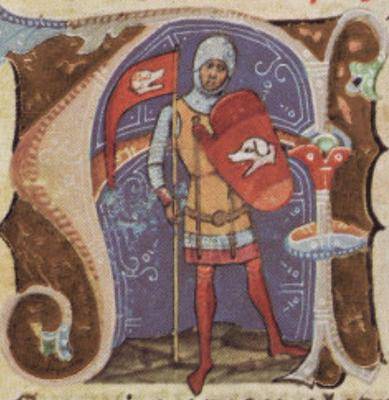
And now we look at a number of remarkable miniatures from the Hungarian manuscript "Chronicle Pictum" 1325-1360. (National Section Library, Budapest, Hungary) At first we see a warrior literally repeating, with the exception of a shield, the robe of a warrior depicted on effigy, but without armor on his feet.
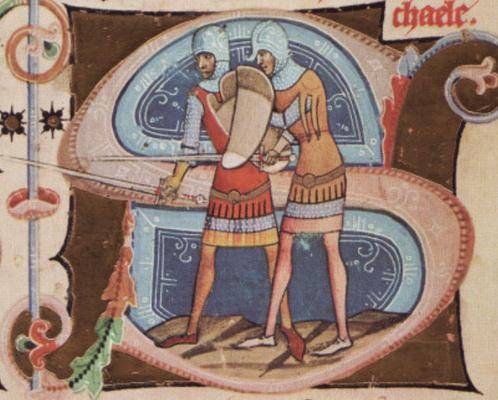
Hungary received another wave of nomadic migrants from the East just before the Mongol invasion, when tribes of Kumans and Polovtsi fled to its lands. The migrants were nomads, engaged in nomadic animal husbandry, and by this they were close to the Magyar people of Hungary. But after the Mongol invasion and the death of a huge number of people, a return to the former life became impossible. Moreover, now immigrants from Germany came to the devastated lands. Thus, on the territory of Hungary, a motley multinational mix of languages, cultures and peoples emerged, in which, however, the dominant feudal nobility was almost indistinguishable from their German or Italian counterparts, just like the German settlers and the German Teutonic knights in Transylvania.
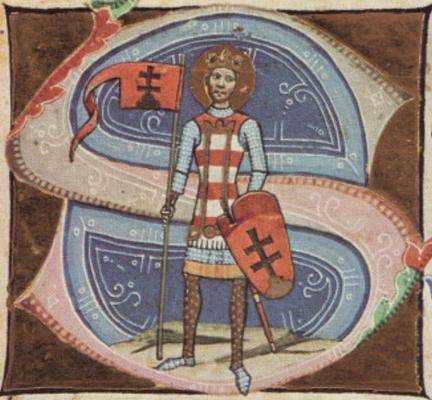
Hungary’s perennial wars with nomads in the steppes beyond the Carpathian Mountains probably explain the fact that despite the “westernization” of its cavalry troops, there continued the use of a large number of relatively lightly armed horse archers of various origins. In this case, in fact, the Hungarian army of the XIII century had a lot of common features with the Byzantine army, which also indicates the presence of strong influence on this side.
Crossbow against the bow
Pedestrian crossbowmen played a prominent role, with the majority of such warriors recruited from Slavic lands, such as, for example, Slovakia. The crossbow, by the way, very quickly became a popular weapon in Hungary, although even by the 15th century it didn’t completely replace a complex composite bow. Hungarians, like many other steppe peoples, used fortifications from wagons, known both to the Czechs, the Poles and also to the soldiers of Russia. Some believe that there are noticeable oriental features in Hungarian warfare, a consequence of Turkish influence. However, the Hungarians almost never met face to face with the Ottomans until the end of the XIV century, although the Turks crossed into Europe through the Bosphorus already in 1352, and already in 1389 a year later defeated the Serbs on the Kosovo field. So the use of wagons as field fortifications, as well as firearms, respectively, can be considered as examples of influence from Hungary, which quickly adapted all the new military affairs from Western Europe.
By the way, scenes of the battle with Muslims of European knights at that time were often placed in manuscripts, and often images of Muslims were, let's say, somewhat “removed” from reality, for example, like this miniature from Queen Mary Psalter. Created between 1310 and 1320, it contains 223 full-color and partially colored thumbnails. (British Library, London)
Использованная литература:
1. Nicolle, D. Arms and Armor of the Crusading Era, 1050 - 1350. UK L .: Greenhill Books. Vol.1.
2. Nicolle, D. Hungary, 1000-1568. UK L .: Osprey (Men-At-Arms # 195), 1988.
To be continued ...
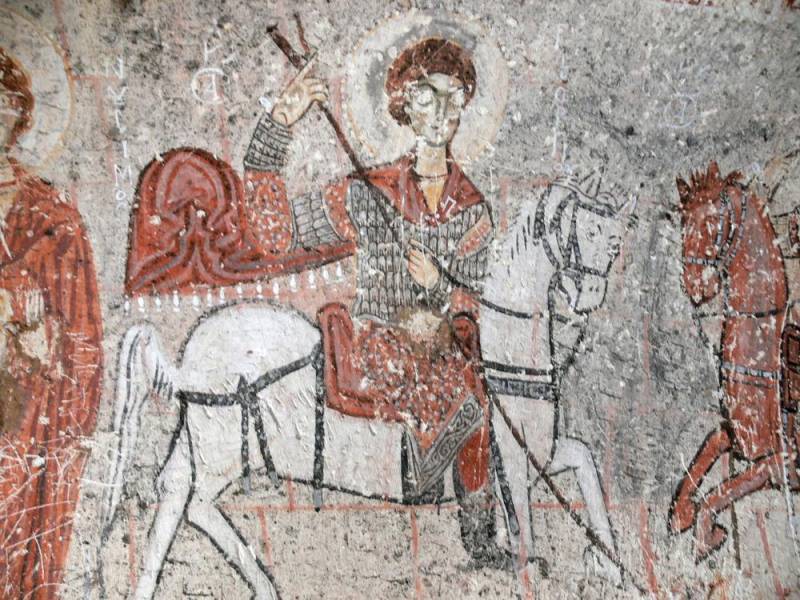

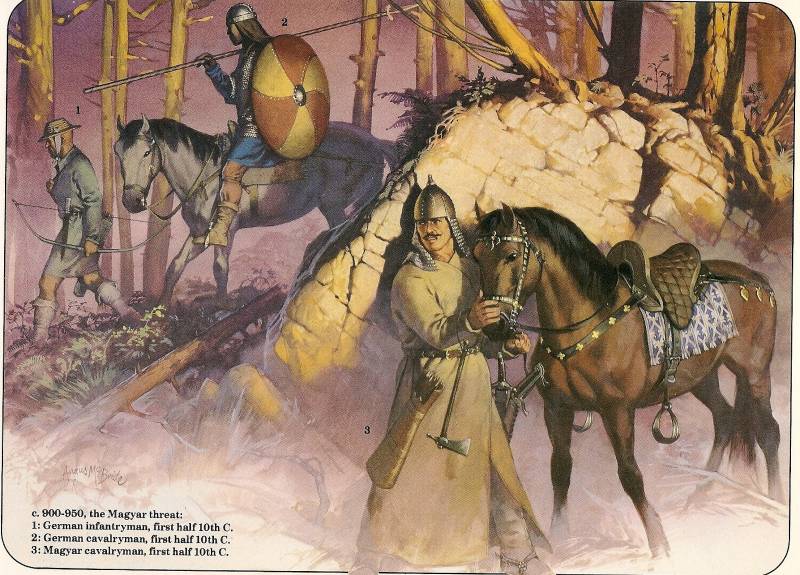
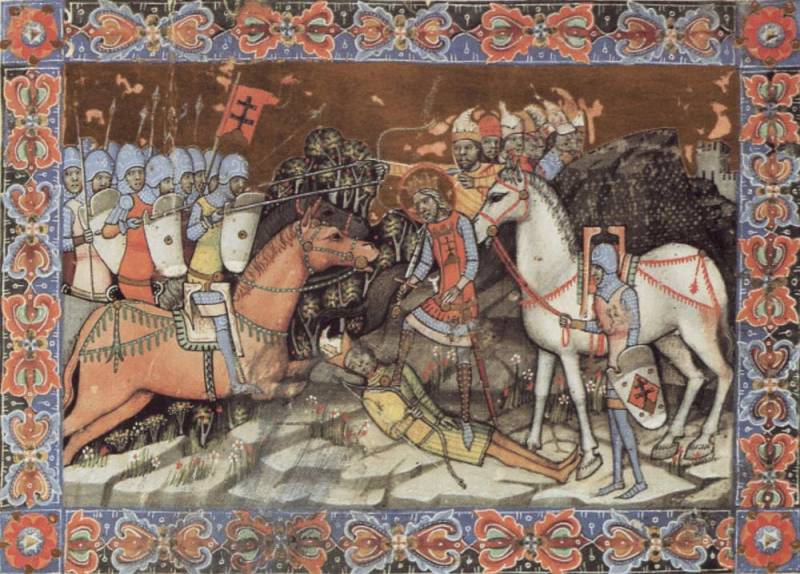
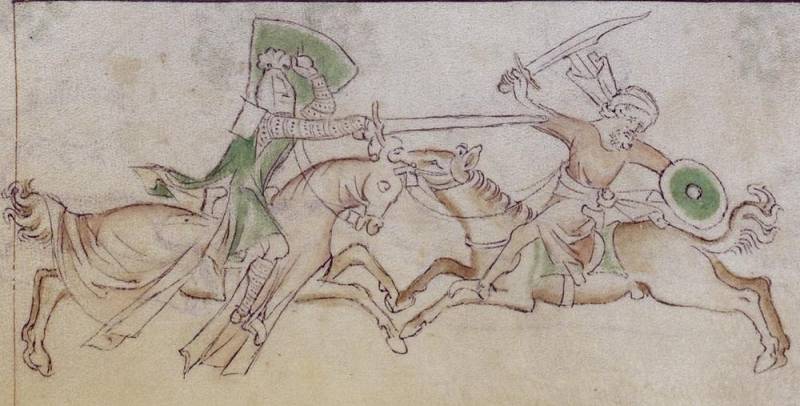
Information